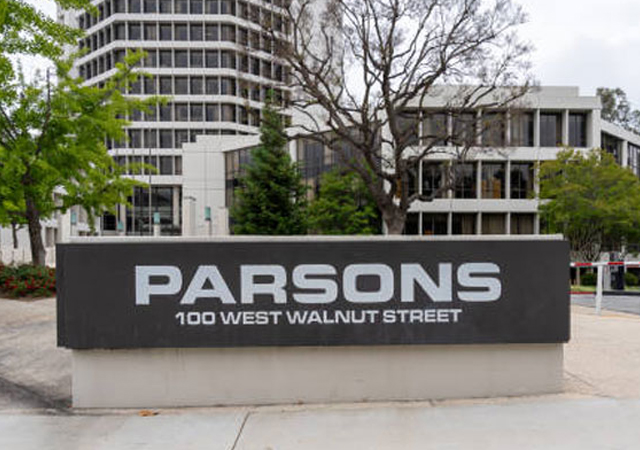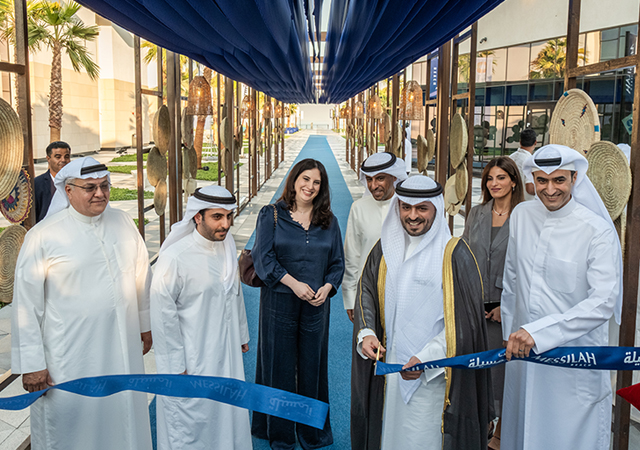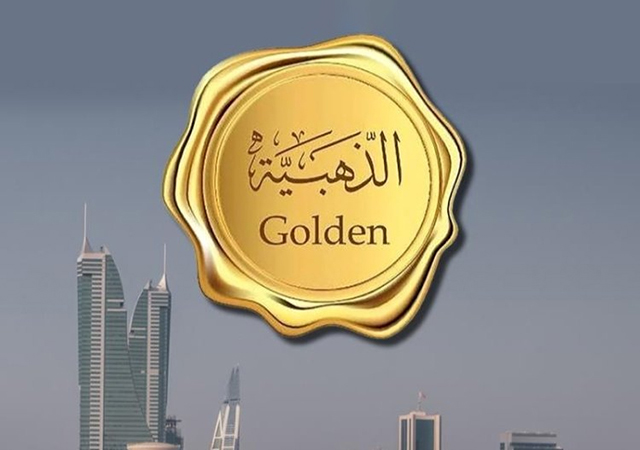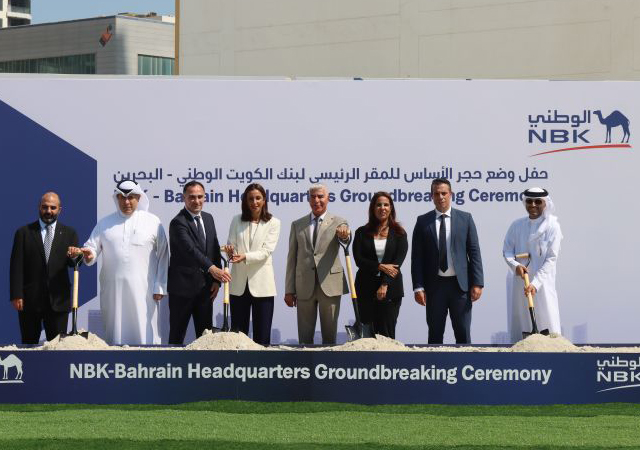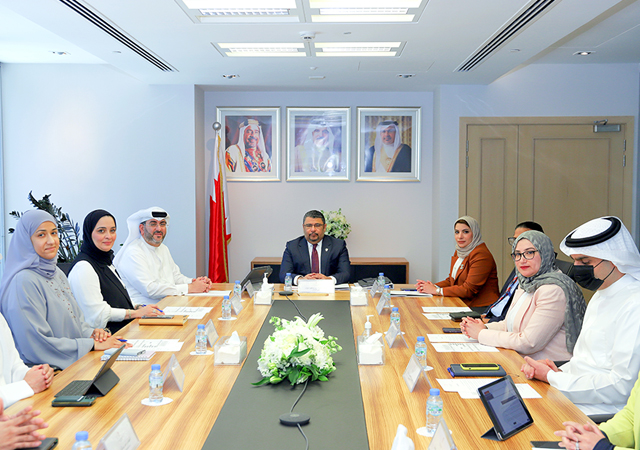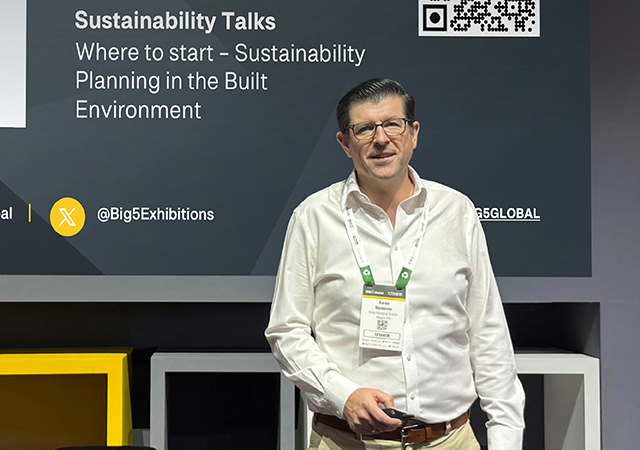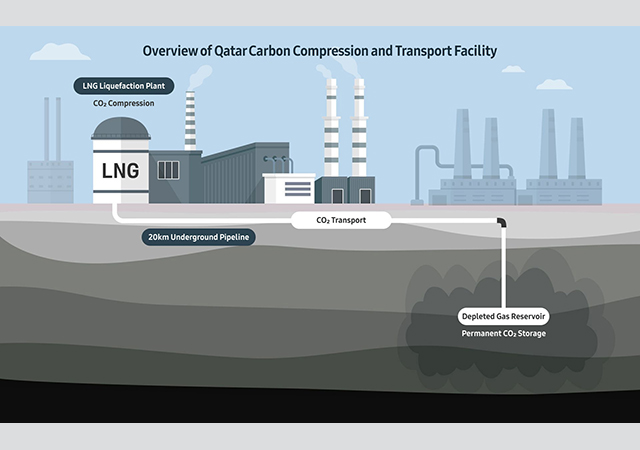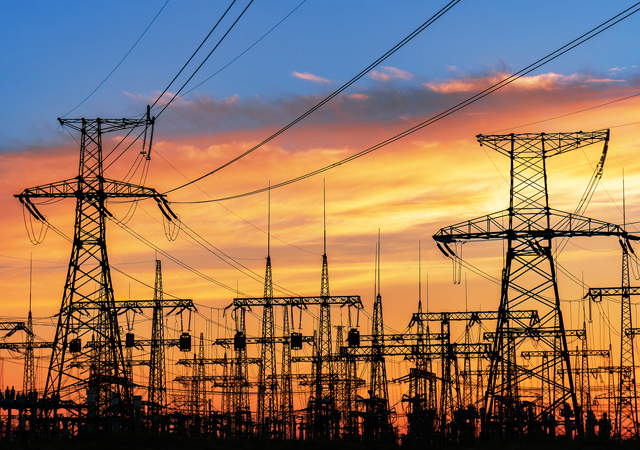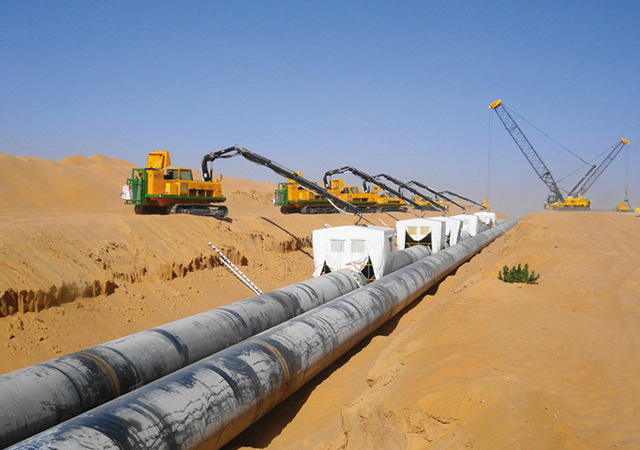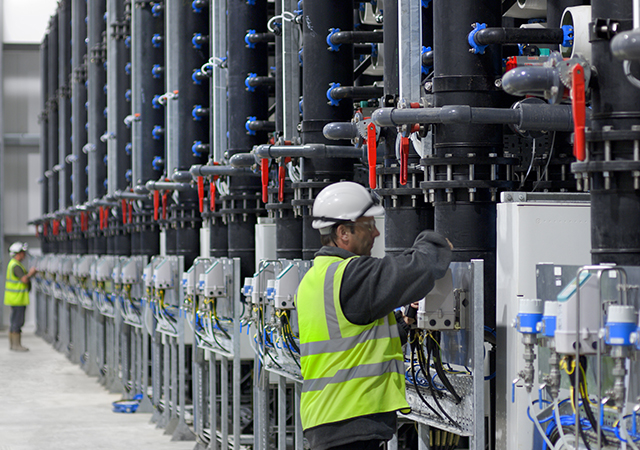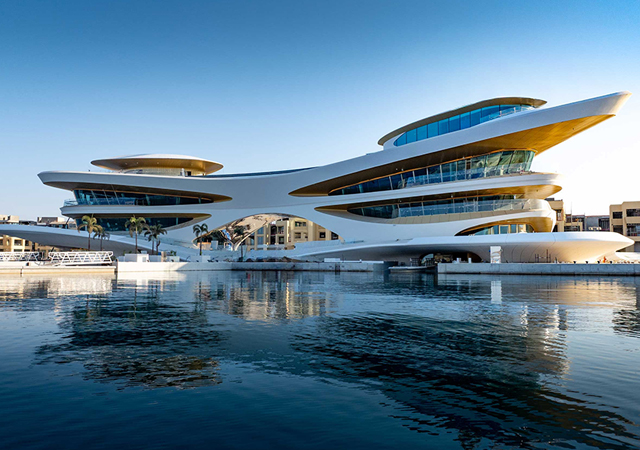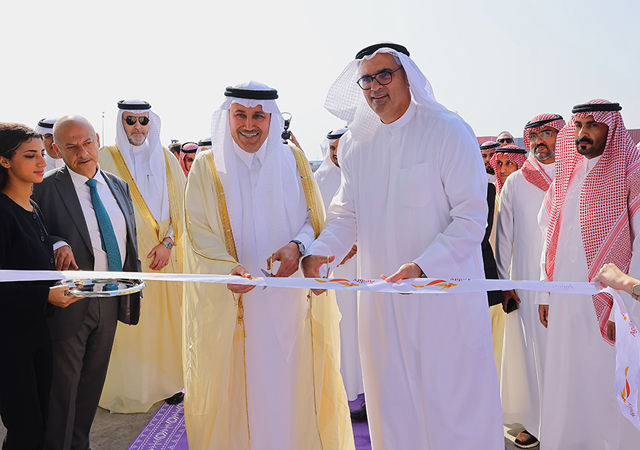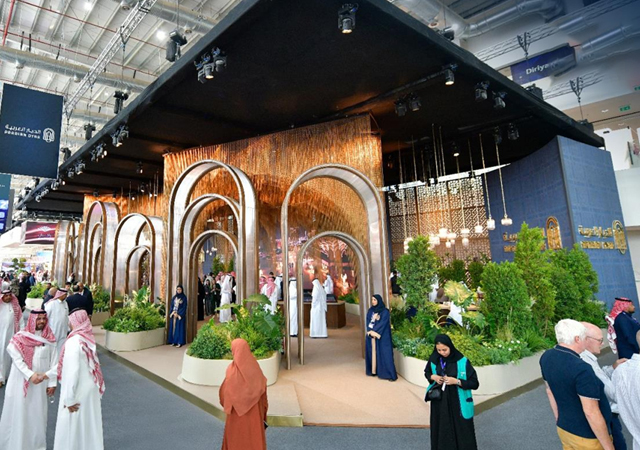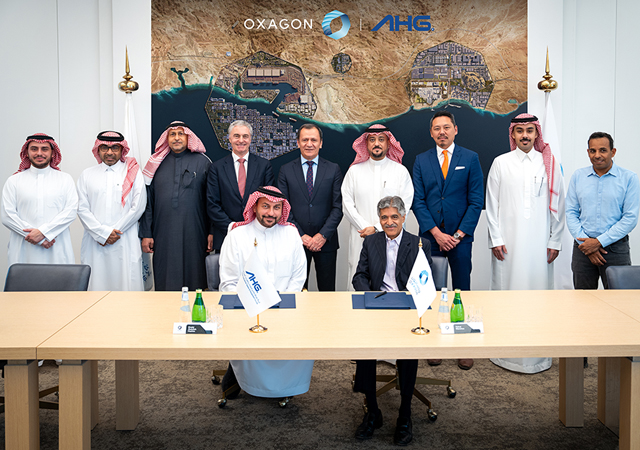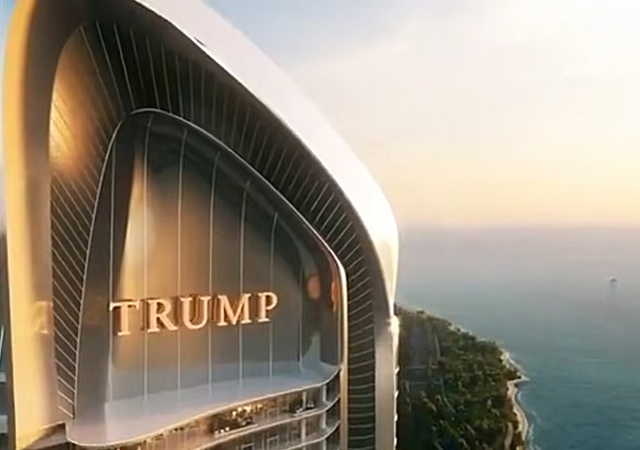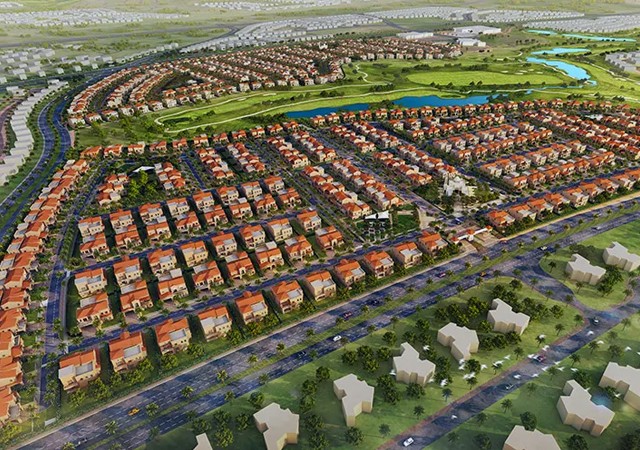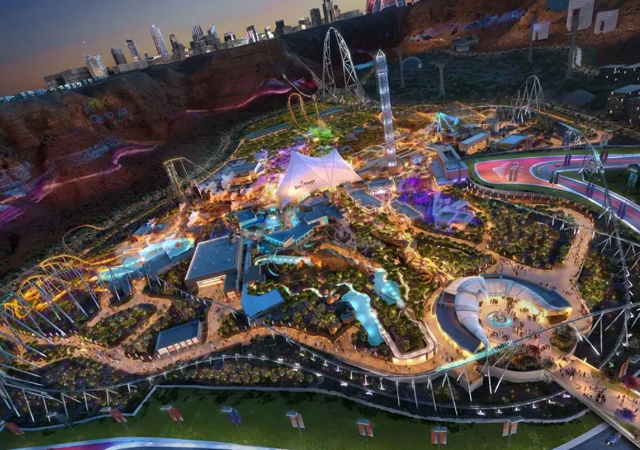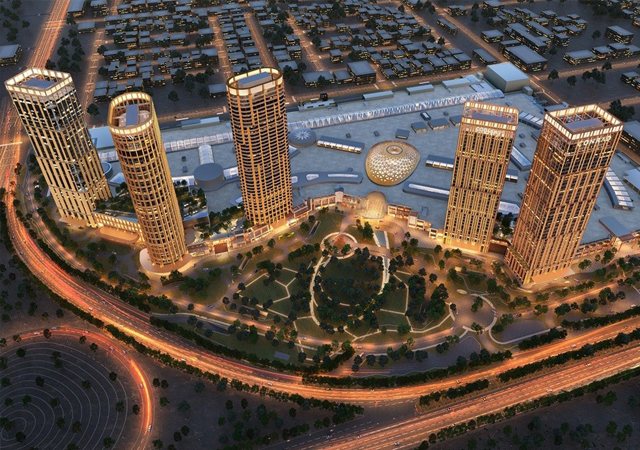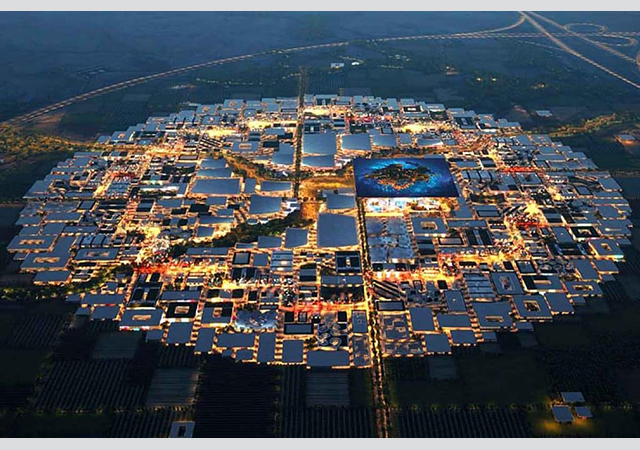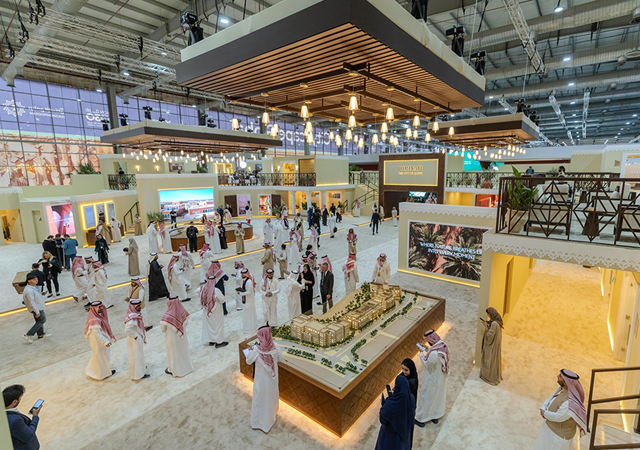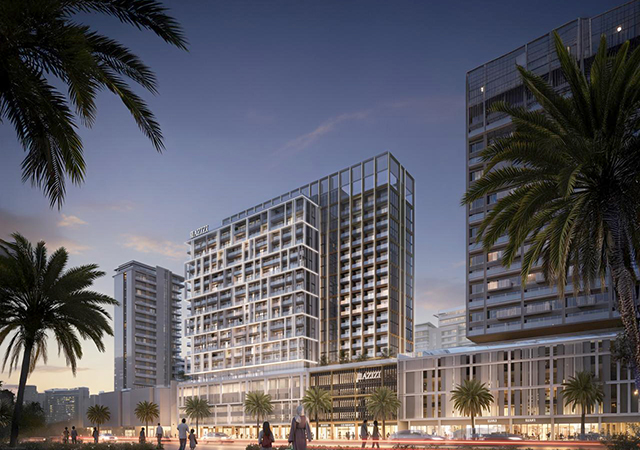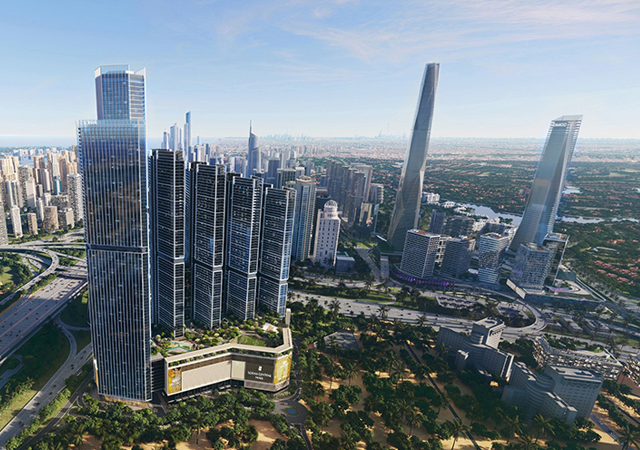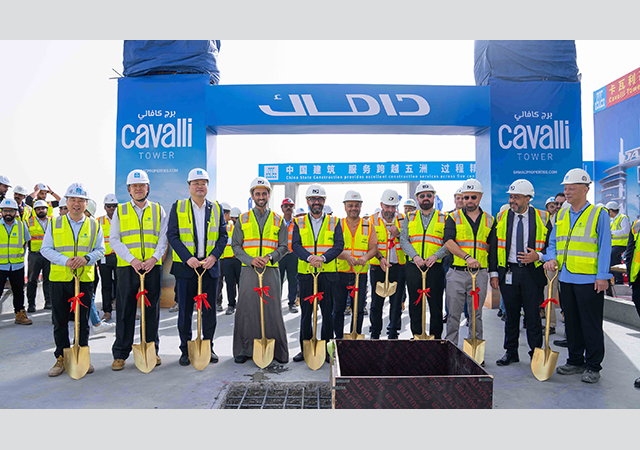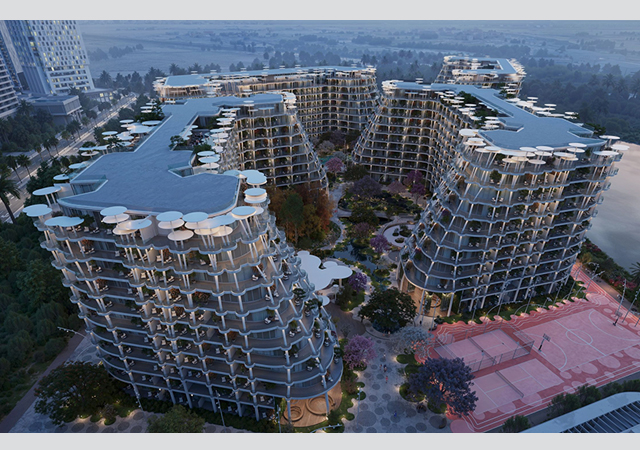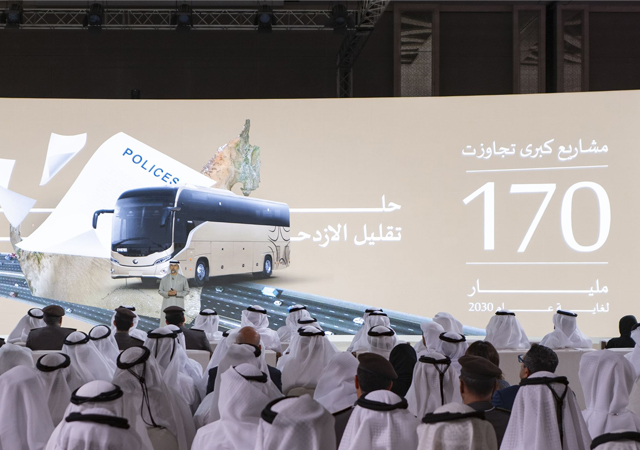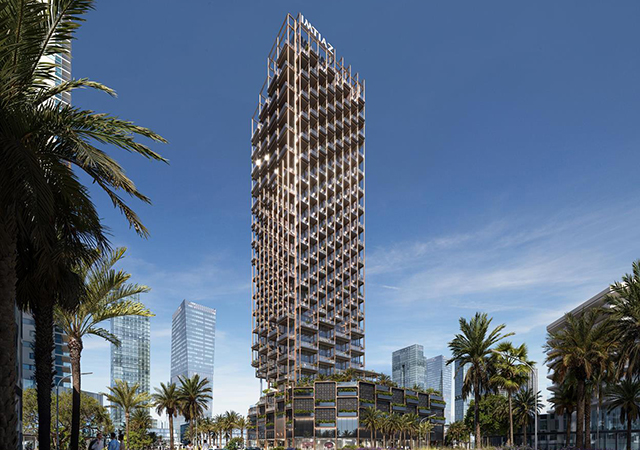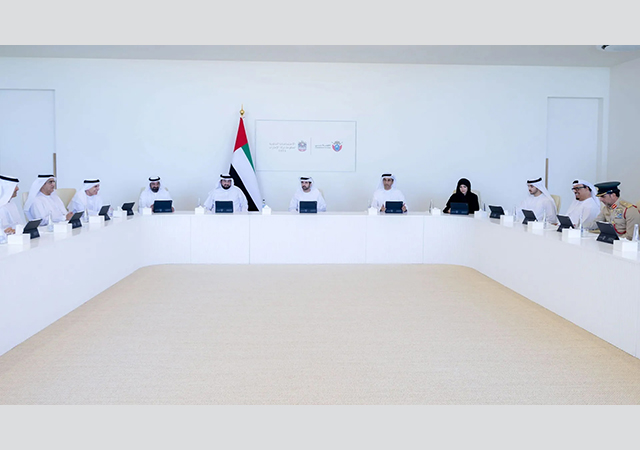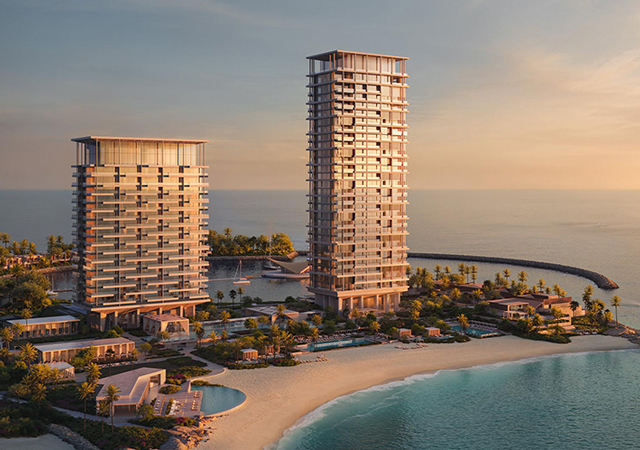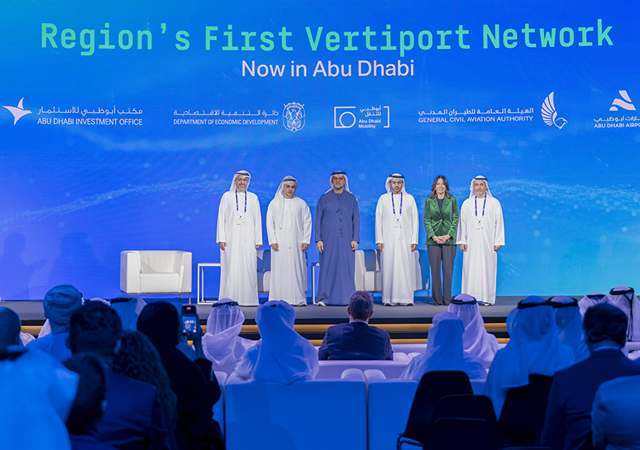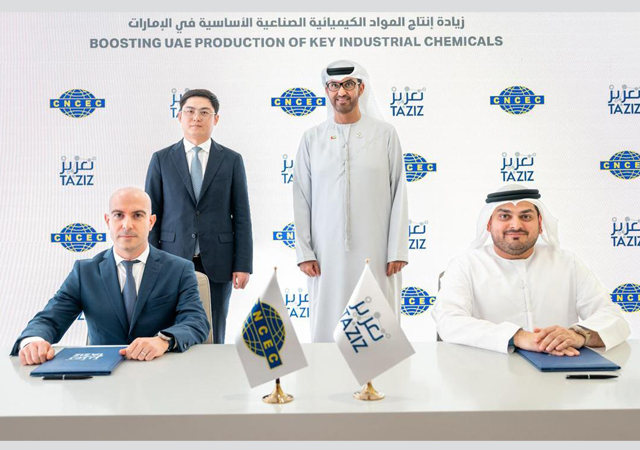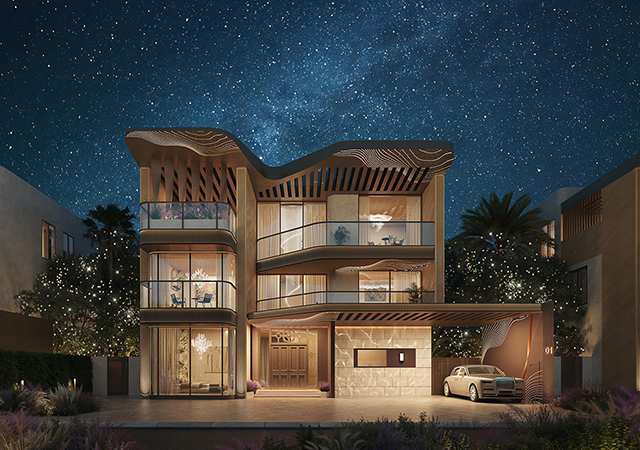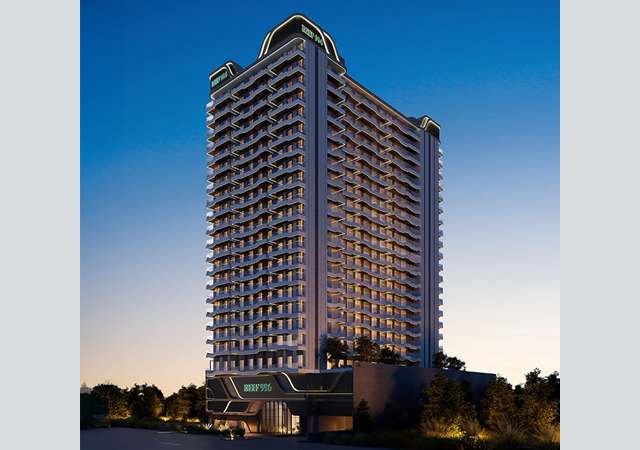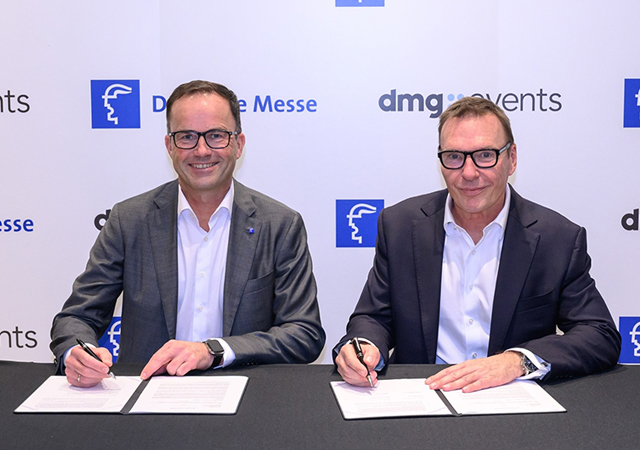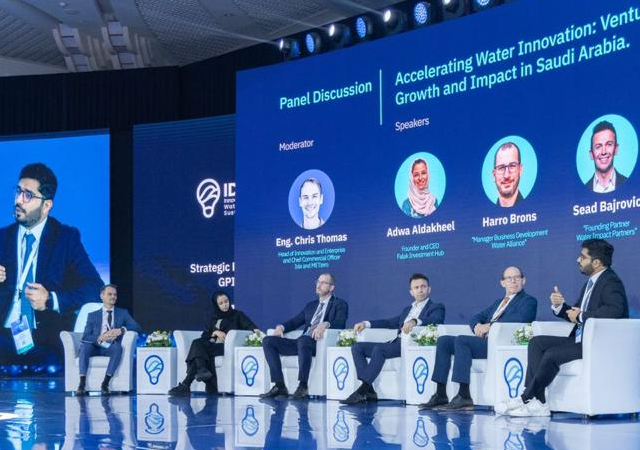
 Building the pump chambers
Building the pump chambers
The prestigious Sultan bin Abdulaziz City for Humanitarian Services in Riyadh is one of several major developments that the Jeddah-headquartered Almabani General Contractors is currently involved with in the Kingdom.
Other major projects the company is involved with are the AlBank AlSaudi AlFransi regional management building in Jeddah, a laboratory research and development centre in Dhahran and two projects for the Saline Water Conversion Corporation (SWCC) involving extensive rehabilitation works in the Eastern Province.
These projects are worth more than $170 million and are examples of the various types of contracts it undertakes: lumpsum turnkey (LSTK), lumpsum, procure and build (LSPB) and remeasured.
The company is now a veteran in the industry and has honed its skills to offer specialist services for the more demanding industrial sectors.
Over the past year, Almabani has successfully completed two striking projects: the Al Mostaqbal Homes in Riyadh's Diplomatic Quarters and modifications to the South Terminal at King Abdul Aziz International Airport in Jeddah.
Sultan Bin Abdulaziz City
At the prestigious Sultan bin Abdulaziz City for Humanitarian Services being built on a one million sq m site in Benban, 20 km north of Riyadh, Almabani started mobilisation work in March this year on two major packages.
Being developed for the Sultan bin Abdulaziz Al Saud Charity Foundation, the SR795 million ($212 million) medical city aims to be a world-class centre for rehabilitation, recovery and ambulatory care, a patient and family-oriented place of health and healing, with an ambiance of a health resort (See GCM, May 1998).
The company is working on the SR70.44 million ($18.77 million) bid package 9 which calls for site civil hardscape and the construction of the Child Development Centre (CDC) and mosque worth SR30 million. Both packages are being implemented on a LSPB (lumpsum procure and build) basis. The consultant is Zuhair Fayez Partnership
The hardscaping contract, due for completion in September 2001, entails sitework, hard landscaping, utility and other works.
The siteworks involve:
Hard landscaping entails construction of two types of boundary walls along the perimeter of the site , removing the existing fence, fence poles and gates; construction of VIP, ambulatory and service entrances complete with gatehouses, gates, security barriers, and specified security systems; an asphalt roadway, parking areas and paving including tie-ins, curbs, road-marking, traffic signs, drainage, car-park shading and related pavement works; site furnishings; construction of site walls, retaining walls and steps; and miscellaneous metal works including, car sheds, metal fences and gates, flag poles, tree guards, obstruction posts; construction of road and pedestrian bridges including modifications to existing structures; pedestrian walks; construction of a helipad in co-ordination with the civil aviation authority for location and configuration detail; external fountains; water features (cascades); a playground at the CDC; therapy court, plaza; recovery drop-off points; garbage disposal area including water connection, drainage and absorption pit.
Utility works include external underground potable water tanks including a pumping system; a sewage treatment plant (STP); well water treatment plant complete with electrical connection, storage tanks, cooling tower pumps pipework; brackish connections from well, and gray water connection to the STP; supply and installation of pipework from plant to the city water mains at the site boundary; stormwater drainage system including ditch works outside the site boundary wall; PVC ductbanks, for future connections, at access gates and entrance roads; all external underground sanitary pipework connecting to existing pipes at the VIP and public gatehouses; fire protection pump sets; piping connection from irrigation pump set (installed by the Bid Package 11 contractor) to irrigation water tanks; supply and installation of the underground fuel tank to the stand-by generator including all necessary connection pipes, testing and commissioning.
Other works include chain link fencing and gates to the perimeter of a building on site and tie-ins with the Salbukh-Benban Road.
For the CDC, Almabani's work involves building the complex (excluding medical equipment) and an adjacent guardhouse, installation of all utility connections, building an LPG gas storage structure with an LPG tank and laying interconnecting pipes to the building, installing the mains power supply cable including switchgear; external connections (telephone and co-axial), installation of fire alarms; and sanitary and stormwater pipes.
The project also includes the construction of a mosque; an external fountain; cladding an adjacent old wall with stone facing; utility connections (irrigation, potable water supply, sanitary and stormwater pipes, chilled water supply, power supply); and RC retaining walls and all paving and landscaping.
The CDC and mosque are slated for completion in May 2001.
Al Khobar Power & Desal Plant
Almabani has nearly completed work on the rehabilitation of the Al Khobar Power and Desalination Plant Phase II for the Saline Water Conversion Corporation (SWCC) under a SR25.21 million ($6.7 million) remeasured contract. Al Rabiah Cowi Consulting Engineers is the consultant on the project.
Work entails concrete rehabilitation of various structures of the plant including the seawater intake head, pump house, outlet channels, gantry crane structures, seawalls, siphon basins, chlorine station, in addition to the construction of new seaside roadways.
Two major repair techniques were utilised: re-skinning or replacement. Work involved building cofferdams, and/or staging scaffolding, concrete chipping or demolition, installation or replacement of new steel reinforcement, shuttering, concreting, curing application of protective coatings, and sealants. Certain areas called for further specialised works such as guniting/shotcreting and crack injection.
Other major works involved building a 400-m seaside road along the gantry crane structure with works such as backfilling (2 m high), shore protection (with armour rock), asphalting and fencing.
Almabani started work on the project in September 1997.
Summarising the highlights and challenges of this project, area manager Ghassan El Khazin says: "Structures subject to repairs are bound by a shutdown schedule by the SWCC plant. Works that have been completed successfully on schedule are mainly in the pumphouse area, intake head structure siphon basins and collection basins.
"Another challenge is the rehabilitation works on the intake head structure. This structure is located 1 km away from the shore. We have built two pontoons fabricated on site," he explains. "One is 4 by 8 m equipped with engines to transport back and forth the miscellaneous tools, equipment, materials, debris, and labourers. The other is 6 by 12 m equipped with concrete transit mixer and stationary concrete pump to transport and pour the concrete on the intake head structure. By using these two pantoons, the need for big barges was eliminated, thus reducing drastically the cost involved in renting foreign barges and tugboat.
Another special requirement was the design, fabrication and erection of cofferdams to all structures in contact with seawater, according to him. A workshop was established for this activity. A team consisting of divers and steel structure fitters has been formed and trained to fix these cofferdams.
AlBank AlSaudi Al Fransi Building
About 90 per cent of the work has been completed on the Al Bank AlSaudi Al Fransi new regional management building in Jeddah. Under a SR64.4 million ($17.17 million) LSPB contract in joint venture with Al Saad Trading and Contracting, Almabani is working on the project which comprises two blocks - the 10-storeyed main building and the five-storey parking block, with a total built-up area of 23,300 sq m.
The main building has a total built-up area of 17,350 sq m, consisting of a basement, a ground floor, mezzanine, and seven typical floors. The parking block has a total built-up area of 5,980 sq m. The scope of work includes all structural works, finishing, electromechanical works and external works. The site is located about a kilometre from the Red Sea coast.
"When implementing the foundation work, the lower level of the parking block and the water tank were below the water table," says Khazin. "Dewatering was a major hurdle when undertaking the substructure works. The dewatering system was installed on November 2, 1998 and was completed on December 17, 1998."
At the peak of construction there were 275 men on site. The contract duration is 540 days (See also pg 131).
Laboratory R&D Centre
In Dhahran, Almabani has completed about 55 per cent of the work on a SR150.78 million ($40.1 million) LSPB contract to build a state-of-the-art laboratory research and development (R&D) centre (Phase 1), for Saudi Arabian Oil Company (Saudi Aramco).
Almabani is carrying out the project in consortium with Jaffar M Al Hamood. The consultant is the Saudi Aramco's project management team. Work on the project started in December 1998 and is due for completion in December 2000.
The scope of work comprises construction of a three-storey precast-clad structural steel general laboratory with concrete utility trench leading to a basement which houses the electromechanical equipment; two-storey high-bay buildings which connect to the laboratory, two shaded storage shelters, a chiller plant building with adjacent cooling towers. It also calls for the construction of covered walkways on site from the parking areas; laboratory casework and furniture; off-loading and installation of office furniture; building maintenance equipment (window washing equipment and cranes).
Site works called for demolition work, site grading and storm drainage, asphalted access road, modifications to Dhahran Boulevard and the LIP Road as well as other works ranging from landscaping to installation of traffic signs.
Utilities which will be provided include electrical services and electrical transformers to supply power to the laborary building, high-bay buildings, chiller plant and sunshade storage areas; complete voice and data communications systems to service 150 employees including telephone sets, cabling and equipment inside of the building and voice/data infrastructure on-site and off-site; raw water, drinking water, fire water, laboratory waste and wastewater piping; water-cooled central chilled water plant and associated cooling towers and piping to the general laboratory, high-bay laboratory and valve boxes for future phases.
The building will include other M&E systems such as a BMS, fire alarm and detection and suppression systems and a stand-by emergency generator. The project includes very complex electromechanical works and a building management system (BMS).
External works include site preparation, demolition of existing structures, electrical and non-electrical utilities, 174 parking spaces, access roads, pedestrian bridges and landscaping. "The highly-exacting safety requirements of Saudi Aramco posed a great challenge and the consortium's effort to respond to the client's requirements helped it top the Contractor's Safety Competition in 1999," says Khazin.
The project covers a total area of around 13,703 cu m with an actual built area of 4,945 cu m. At the peak of construction 710 workers were on site.
Seawater Cooling Pumphouse
Under a SR267 million ($71.2 million) LSPB deal, Almabani is responsible for the procurement and construction of the Seawater Cooling Pumphouse No 2 at Jubail for the Royal Commission for Jubail and Yanbu.
Outlining the reason behind developing the project, Khazin says: "Saudi Basic Industries Corporation (Sabic) envisions the rapid growth of basic industries in the Kingdom. As such, there is a need to expand the required infrastructure of the industrial cities. And one of them is the expansion of the existing seawater cooling system in the Industrial City of Jubail."
The work calls for the expansion of the existing seawater cooling system in the Industrial City of Jubail. It also involves the construction of a cofferdam, pump chambers, auxiliary buildings (workshop, electrical equipment, chlorination plant, chlorination pumphouse and workshop substation). The project covers a total area of 136,000 sq m with an actual built-up area of 46,500 sq m.
Facilities and services include car ports, supply channel extension and headworks, fire alarm, telephone systems, surface water and foul water drainage systems, potable water, oil water and emergency acid drainage system, treated water irrigation, chlorinated water, fire water, sodium hypochlorite bulk storage tanks, ductbank, high and medium voltage cables, gas supply pipeline, security lighting, cathodic protection and oil spill protection systems.
Other works include compacted fill, roads and signs, paving, headworks access bridge, capping beam to sea wall, boat ramps, fencing gates and road barriers, soil surface and dredging.
The project is being carried out by Almabani in joint venture with Saudi Condreco. The consultant is Saudi Arabian Bechtel Company. Work was launched in January 21, 1998 and is scheduled for completion in May, 2002. Manpower on site at the peak of construction totalled 609.
"Concrete pouring of huge structures requires proper coordination of manpower and equipment, properly installed and well-supported formwork, consistent mixtures and steady supply of concrete and additives and continuous availability of manpower,'' says Khazin. "Almabani and Saudi Condreco, in several instances, had continuous concrete pouring activities of more than 1,000 cu m for more than 48 hours. The total volume of concrete poured so far in this project is 40,000 cu m while 4,000 tonnes of steel reinforcement has been used."
ECC and LTCC centres
Almabani is also involved in the design and construction of the Emergency Care Centre (ECC) and Long Term Care Centre (LTCC) in Khashm Al Aan, Riyadh, for the Saudi Arabian National Guard (SANG) under a SR39.71 million ($10,59 million) LSPB contract. The consultant on the project is the Joint Engineering Team (JET).
As main contractor, Almabani started work on the development in December, 1998 and is expected to complete it on December 31,2000.
About 35 per cent of the work has been completed on the development which entails design and construction of a two-storey LTCC building and a single-storey ECC building with electrical substations, car parking, sidewalks and landscaping.
Each building is furnished with medical and non-medical equipment and furniture, including special systems. The project spreads over a total area of 10,000 sq m and the actual built-up area is 5,870 sq m. The LTCC complex accounts for 2,840 sq m of the built-up area while the ECC facility covers 3,030 sq m.
The buildings are concrete structures with external CMU fluted blocks, plaster, paint, tiling, doors and windows, acoustical ceilings, gypsum board partition, thermal insulation and waterproofing, external pavement, curbstones, irrigation and landscaping.
Mechanical items include sanitary fixtures, and various systems for fire protection, air-conditioning, medical gas network, plumbing and drainage, HVAC, as well as chillers, DDC for the BMS, potable water and irrigation pumps.
Electrical works cover electrical substations, generators and transformers, medium and low voltage (MV and LV) cables, ATS and ring main units.
The special systems for this project include a pneumatic tube transport system, telephone, fire alarm and detection, prime distribution, public address, UPS, elevator, video and tone/visual system, nurse call system, CCTV, central dictation, local area network (LAN), medical and non medical equipment, he says.
Al Mostaqbal Homes
A feature in Almabani's cap was the successful completion in June last year of the Al Mostaqbal Homes in Riyadh. The client/owner is Saudi Hotels and Resort Areas Company (Sharaco) while the consultant was Omrania & Associates (O&A).
Under a SR140 million ($37.3 million) LSPB), Almabani built a total of 150 housing units of eight different types with areas ranging from 145 sq m for apartments to 560 sq m for private villas. The housing units were built on more than 75,000 sq m of land within the Diplomatic Quarters, overlooking the Wadi Hanifa in Riyadh. The project's actual built-up area is 30,000 sq m.
The original contract amount of around SR90 million (76 housing units) was increased to SR140 million as the client awarded a further 74 villas for construction, says Khazin.
"While quality specifications and fixtures were designed for the general aspects of the units, the client has given residents the freedom to add the final touches and modifications to suit their tastes and special requirements," he explains. "This privilege became the major challenge for Almabani since it resulted in changes to the layout of villas which affected all disciplines and activities, schedules and distribution of manpower."
"Almabani successfully completed the project through proper division of work areas for different teams; effective scheduling and adjustments to changed orders in relation to target completion dates; efficient coordination of civil, mechanical and electrical teams in the preparation and execution phases of the work; and competent construction management and maintaining effective line of communication with the client/consultant," Khazin comments.
Modification to KAIA Terminal
Last October, Almabani completed work on the project to modify the south terminal of the King Abdulaziz International Airport (KAIA) in Jeddah for the International Airports Projects (IAP).
Under a lumpsum turnkey (LSTK) contract worth SR43 million ($11.6 million), Almabani, in joint venture with Rajab & Silsilah, carried out the design, engineering, and supply of materials, equipment, labour and other requirements needed for the construction, completion and maintenance of the new VIP, new domestic departure and the new international departure buildings. The joint venture started work on the project in September 1995.
"The project was the first of its kind in the Kingdom to install a frameless glass on the facade of the airport departure lounges - both domestic and international - having a length of 60 m respectively. Each bay consists of six panels and each panel has a size of 3,780 mm height by 1,800 mm width by 24 mm thickness, weighing 426 kg," explains Khazin.
He continues: "This project called for careful planning and execution of works within an ongoing airport operation. Excavation and underground utilities work were meticulously done so as not to disturb other existing utilities with risks of affecting airport operations in general. Civil, structural and architectural works as well as special systems installation were executed with exacting safety precautions and accurate coordination to complete the work without affecting the traffic of passengers, airport personnel, vehicles and equipment."
The consultant was IAP/Bechtel. The scope of works are divided as follows: civil (25 per cent), architectural (33 per cent), electrical (9 per cent), mechanical (7 per cent), special (22 per cent).
Civil works covered:
Architectural works involved:
Electrical works covered
Mechanical works executed included:
Special systems included:
Other works executed included:



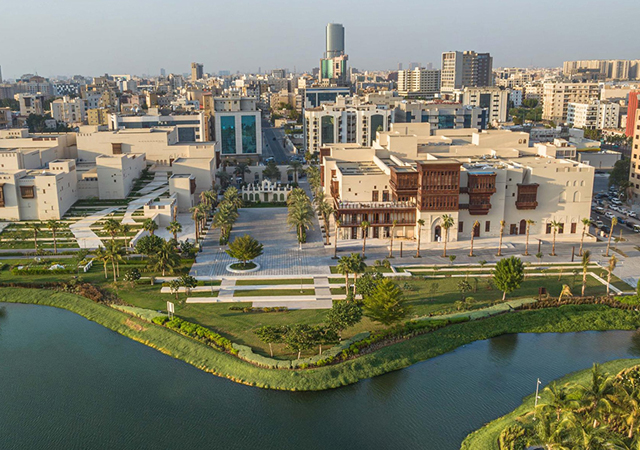
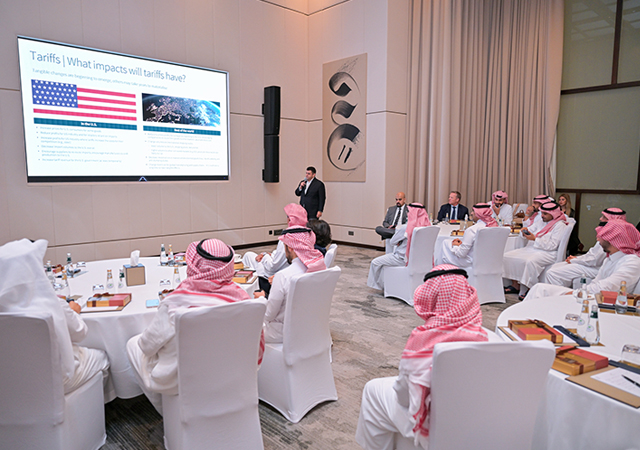
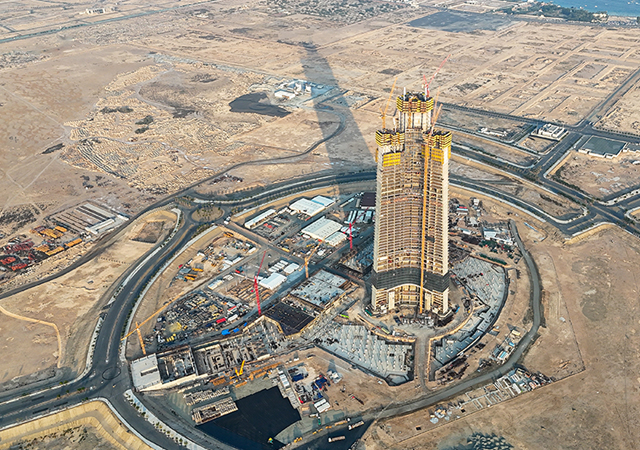
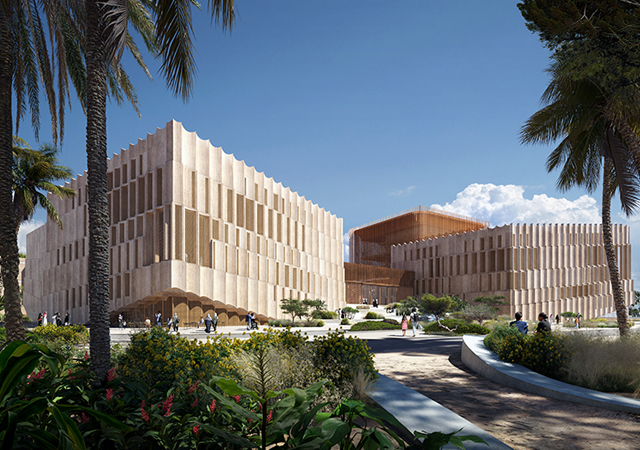




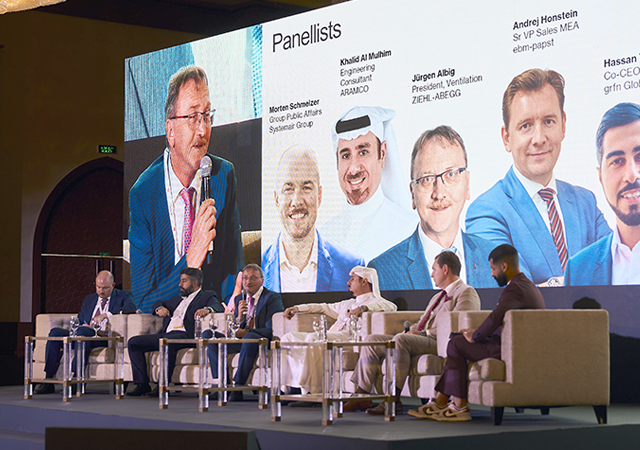
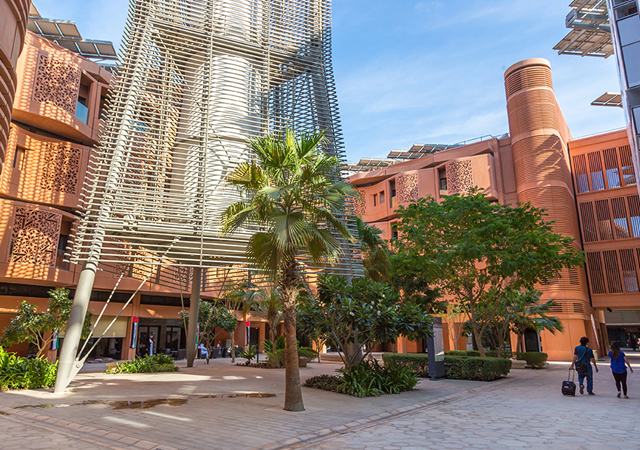
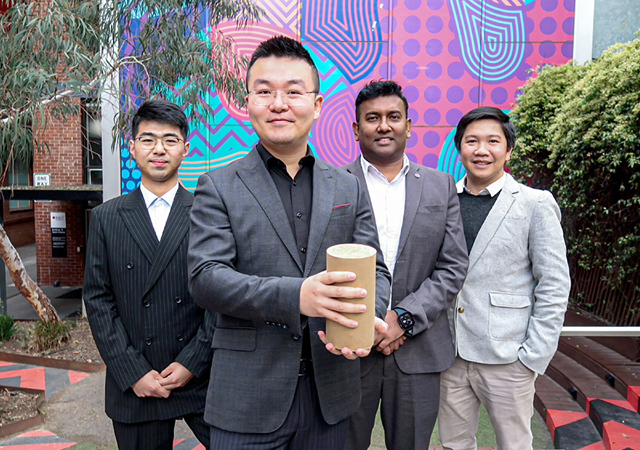
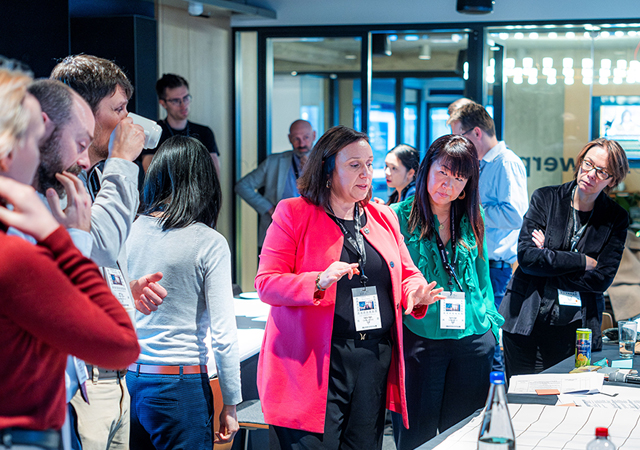

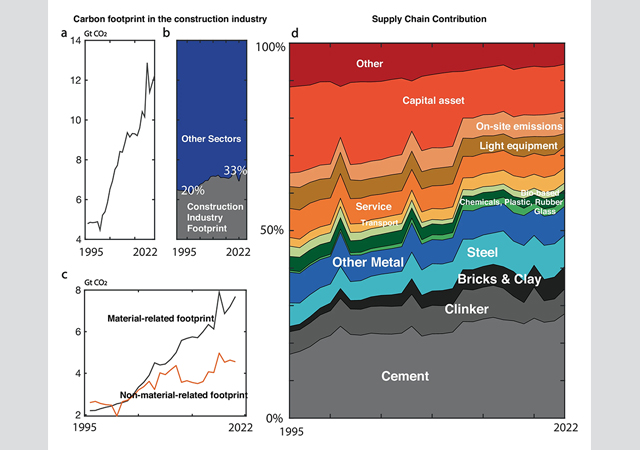
.jpg)
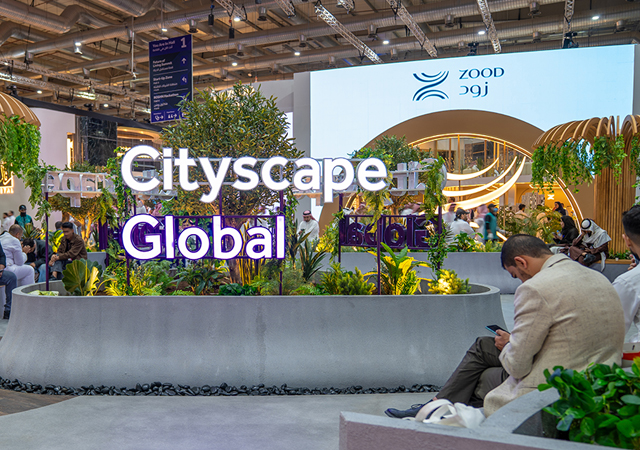
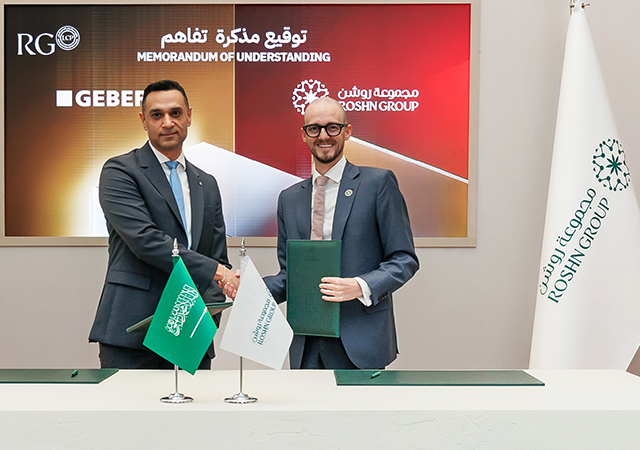
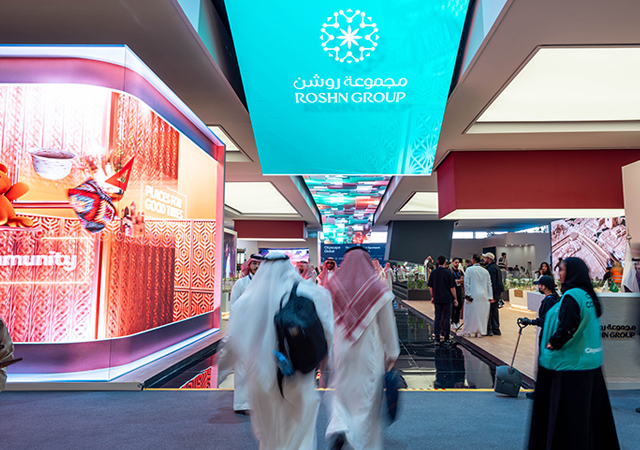
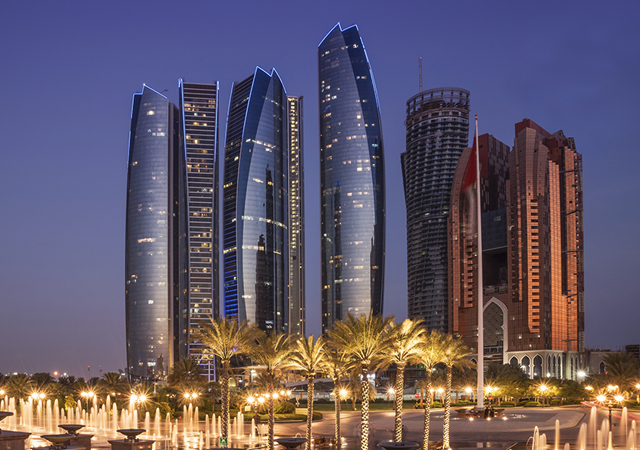
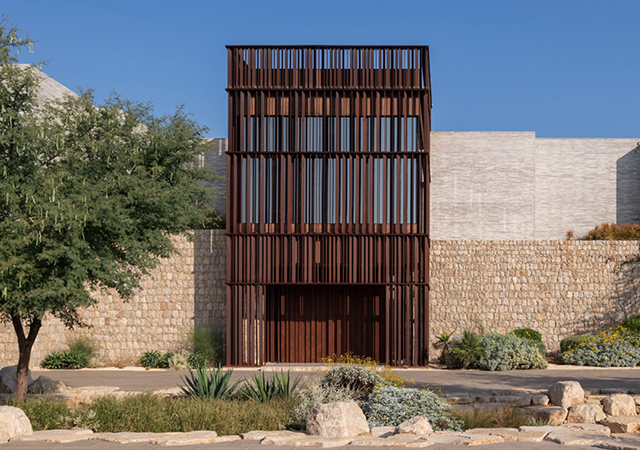
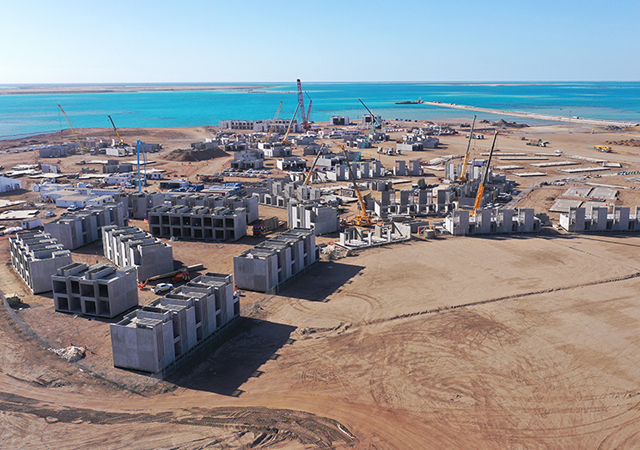
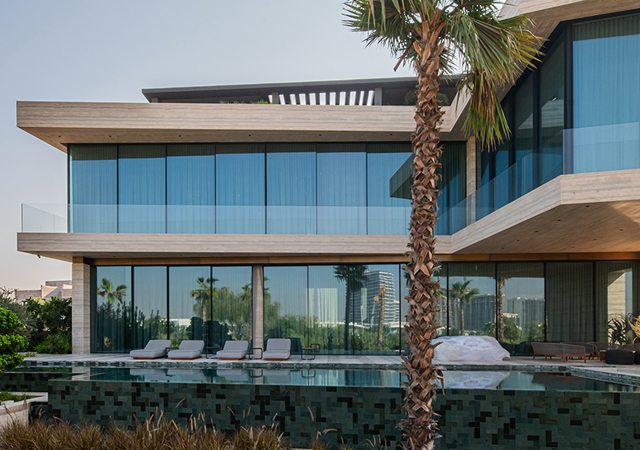
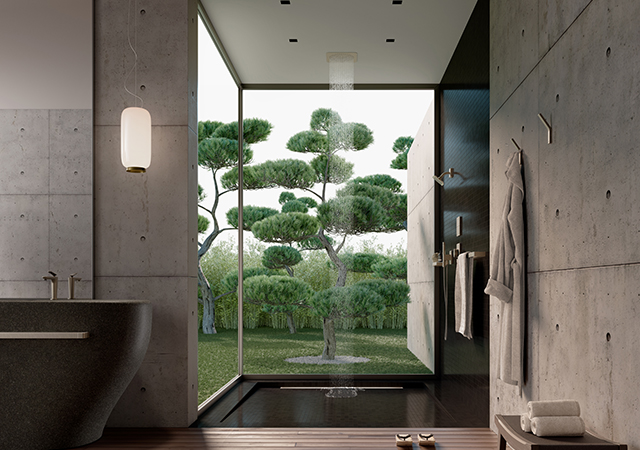

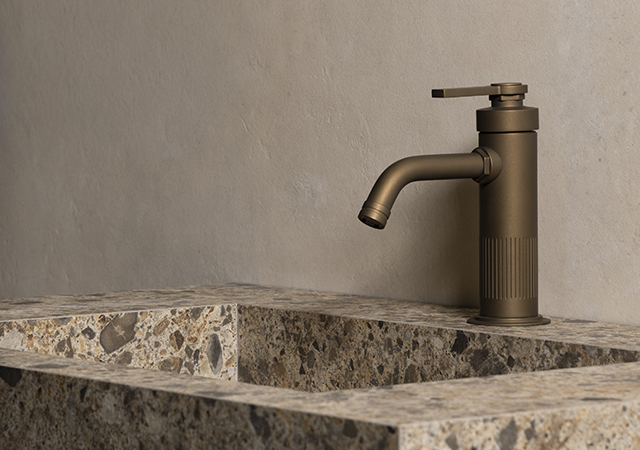

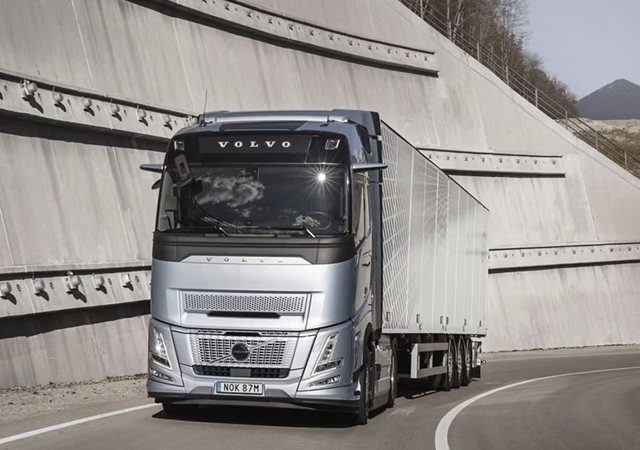
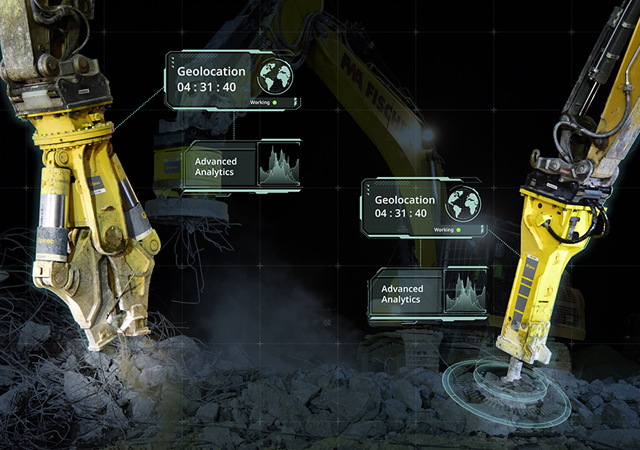
 (1).jpg)


